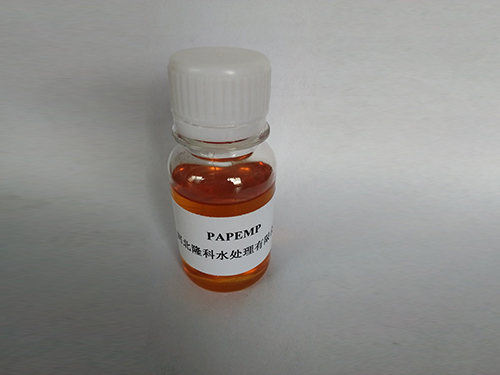Exploring the Connection Between PBTCA and Its Impact on Water Treatment Efficiency
The Role of PBTCA in Chemical Industries
Phosphonobutane Tricarboxylic Acid (PBTCA) is a versatile, multi-functional organic compound extensively used across various chemical industries. As a highly effective scale and corrosion inhibitor, PBTCA has gained popularity in applications requiring superior performance and environmental compliance. Its unique structure, characterized by three carboxylic groups bonded to a four-carbon backbone, enables it to interact efficiently with metal ions, thereby preventing precipitation and build-up of scale in industrial processes.
.
PBTCA also demonstrates excellent performance in oilfield applications, particularly in enhanced oil recovery (EOR) processes. In such scenarios, PBTCA serves as a stabilizing agent for various displacement fluids, preventing scale formation in well operations and piping systems. Its ability to reduce interfacial tension between oil and water results in improved oil extraction, contributing to more economical and environmentally friendly oil recovery practices.
pbtca

Another significant area where PBTCA shines is in the manufacturing of industrial detergents and cleaning agents. The compound’s excellent chelating properties allow it to bind with hard water ions, enhancing the effectiveness of surfactants in cleaning formulations. This results in better soil removal and overall performance of cleaning products, making PBTCA an essential ingredient in many household and industrial cleaning agents.
Furthermore, PBTCA complies with a variety of environmental regulations, making it a preferred choice for companies aiming to reduce their ecological footprint. As industries increasingly focus on sustainable practices, the demand for biodegradable and environmentally safe chemicals has surged. PBTCA, being less toxic and readily biodegradable, fits this desire to utilize greener alternatives in manufacturing and industrial processes.
Despite its numerous advantages, the production and use of PBTCA must be carefully managed. Like many chemicals, it poses potential hazards if not handled properly. Adequate safety protocols and regulations are crucial to ensuring that workers and the environment are not adversely affected by its use. Thus, ongoing research and development efforts aim to optimize its application while addressing safety and environmental concerns.
In conclusion, Phosphonobutane Tricarboxylic Acid (PBTCA) plays a vital role in various sectors, ranging from water treatment and oil recovery to cleaning products. Its effectiveness as a scale and corrosion inhibitor, combined with its environmental compatibility, positions it as a valuable asset in contemporary chemical applications. With continuous advances in technology and a growing emphasis on sustainability, PBTCA is set to remain an integral part of industrial processes, driving efficiency and eco-friendliness in chemical industries worldwide. Consequently, ongoing investment in research and development will likely unveil even broader applications, further solidifying PBTCA's place in the future of industrial chemistry.
-
Understanding Polycarboxylic Acids: Properties, Applications, and Future PotentialNewsJul.28,2025
-
Scale Inhibitor Explained: How to Protect Your System from Limescale and Hard Water DamageNewsJul.28,2025
-
Scale and Corrosion Inhibitors: Essential Chemicals for Industrial Water System ProtectionNewsJul.28,2025
-
Polyaspartic Acid: A Biodegradable Polymer for Sustainable ChemistryNewsJul.28,2025
-
Isothiazolinones: A Versatile Antimicrobial Class with Industrial Power and Regulatory ChallengesNewsJul.28,2025
-
A Deep Dive into 2-Phosphonobutane-1,2,4-Tricarboxylic Acid (PBTC)NewsJul.28,2025





